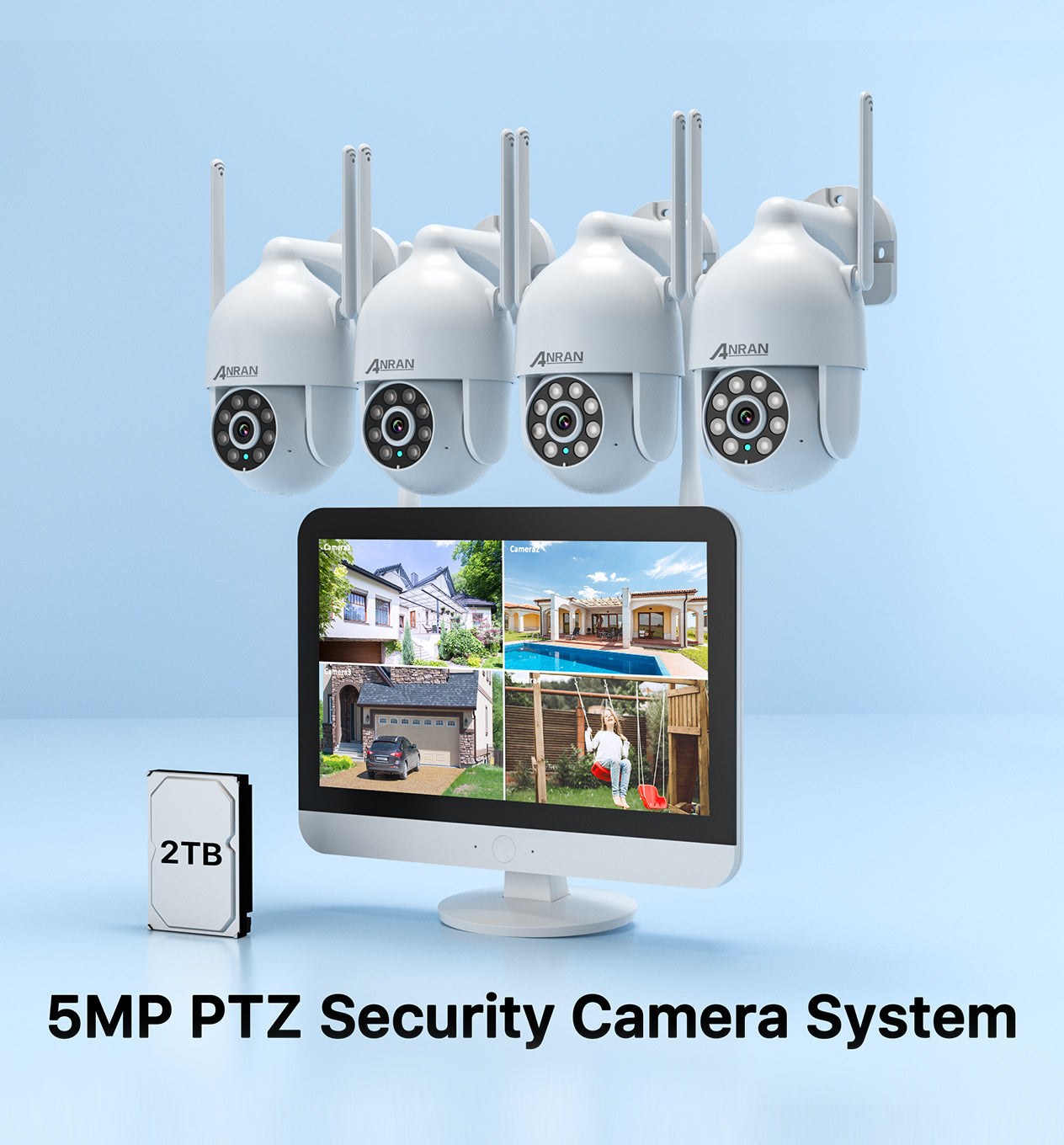Unlock the Secrets: Discover the Ultimate Benefits of CCTV Camera Systems!
In an age where safety and security have become paramount concerns, CCTV camera systems stand out as essential tools for protecting homes, businesses, and public spaces. A Closed-Circuit Television (CCTV) system allows users to monitor their environments, providing a sense of security and peace of mind. This article aims to dive deep into the world of CCTV camera systems, exploring their components, features, and the numerous benefits they offer. Whether you’re a homeowner looking to secure your property or a business owner wanting to safeguard your assets, understanding how these systems work and what they can do for you is crucial.

Understanding CCTV Camera Systems
A CCTV camera system is a network of cameras that transmit video footage to a specific location, often for surveillance purposes. Unlike traditional broadcasting systems, CCTV is intended for a limited audience, making it an effective tool for security monitoring. These systems have become increasingly relevant in various settings, from residential properties to commercial establishments and even public areas like parks and streets. For instance, a friend of mine recently installed a CCTV system at her home after a series of neighborhood burglaries. She shared how the system not only helps deter potential intruders but also allows her to monitor her property while away. The presence of cameras gives her confidence that her home is under constant watch, showcasing the importance of CCTV in modern security practices.
Key Components of a CCTV Camera System
The effectiveness of a CCTV camera system lies in its key components, each playing a vital role in ensuring comprehensive surveillance. The primary element is the camera itself, which captures video footage. Depending on the specific needs, there are various types of cameras, such as dome cameras, bullet cameras, and PTZ (Pan-Tilt-Zoom) cameras, each designed for different environments and purposes. Next is the recording device, which can be a Digital Video Recorder (DVR) or a Network Video Recorder (NVR). This device stores the captured footage for later retrieval and review. Monitors are also essential, allowing users to view live feeds or recorded footage from their cameras. Finally, the system is connected through cables or wireless connections, which facilitate the transmission of data between the cameras, recording devices, and monitors. Understanding these components is crucial for selecting the right CCTV system that meets specific security needs.
Features of Modern CCTV Camera Systems
Modern CCTV camera systems boast a range of advanced features that significantly enhance their functionality. One of the most notable features is night vision, enabling cameras to capture clear footage even in low-light conditions. This is particularly useful for homes and businesses that require 24/7 surveillance. Another important feature is motion detection, which triggers recording when movement is detected, reducing storage needs and alerting users to potential intrusions. Many systems also offer remote access, allowing users to monitor their properties in real-time from smartphones or computers, providing convenience and peace of mind. Additionally, cloud storage options have become increasingly popular, enabling users to store footage off-site for added security against theft or damage. These modern features not only improve usability but also significantly enhance the overall security of the monitored areas.
Benefits of Implementing CCTV Camera Systems
The implementation of CCTV camera systems offers a plethora of benefits that extend beyond mere surveillance. One of the most significant advantages is the deterrence of crime; the presence of visible cameras can discourage potential intruders from targeting a property. A friend of mine who owns a small retail shop noticed a drop in shoplifting incidents after installing CCTV cameras. They provide a sense of accountability, making individuals think twice before engaging in criminal activities. Moreover, CCTV systems are invaluable for evidence collection; in the unfortunate event of a crime, recorded footage can serve as crucial evidence for law enforcement. Beyond crime prevention, these systems allow for monitoring daily activities, whether at home or in a workplace, which can be beneficial for productivity and safety. Ultimately, the peace of mind that comes from knowing you can keep an eye on your property at all times is one of the most compelling reasons to consider a CCTV camera system.
Maximizing Security with CCTV Camera Systems
In conclusion, CCTV camera systems are instrumental in enhancing security across various environments. By understanding their components, features, and benefits, individuals and businesses can make informed decisions about their security needs. From deterring crime to providing valuable evidence and ensuring peace of mind, the advantages of implementing a CCTV system are clear. As security concerns continue to grow, investing in a reliable CCTV camera system could very well be one of the most prudent decisions you make for safeguarding your premises.








